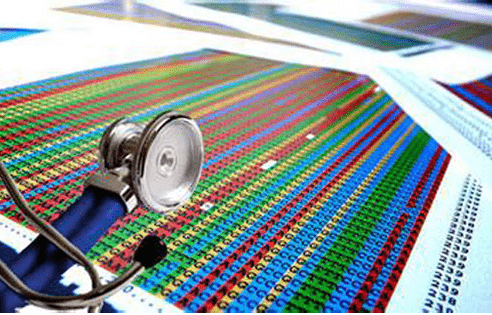Researchers from St. Petersburg State University developed a method to improve the sequencing ability of DNA greatly, like life microbes in the human gastrointestinal tract or the ocean bacteria in a new study.
This TruSPADES method assembles the short reads from the 300 base pairs of Illumina machine through computer into synthetic long reads. The long sequence fragment is the fragment up to about 10,000 base pairs in the genome.
The researchers said that the use of these synthetic fragments to assemble is like using the whole chapter genome rather than a single sentence. Therefore, people have a strong incentive to use long sequence fragment to improve sequencing.
This is the next generation sequencing technology. It will have a profound impact on the operation and application of macro genome sequencing.
At present, as the market leader of the long fragment sequencing, the long fragment sequencing from Pacific Biosciences and Oxford Nanopore is not accurate, and it is difficult to solve complex problems in sequencing, such as assembly metagenome. Metagenome can refer to all microbial genomes from natural environment, and can also refer to all microorganisms from natural environmental sampling. In contrast, the accuracy to synthetize long fragments increases 100 times, and can quickly be generated on a large scale to cover most bacteria of the metagenome.
In order to develop a new method, the researchers obtained 100 to 300 base pairs of short fragments carrying bar code length. They then used a frequently used method called de Brujin graph to depict these short fragments, and assembled them into synthetic growth sequencing fragments. The de Bruijn graph allows researchers to determine what short sequencing fragments are connected together, so as to assemble a longer, more accurate synthesis of long DNA fragment.
When the researchers extracted samples from the microbial community to sequence, they obtained the bacterial genome fragments from all communities. This is like you are trying to spell out hundreds of pieces of the puzzle, but do not know which a jigsaw puzzle belongs to. The TruSPADES method and the fragments will help researchers to spell out these puzzles.


Leave a Reply